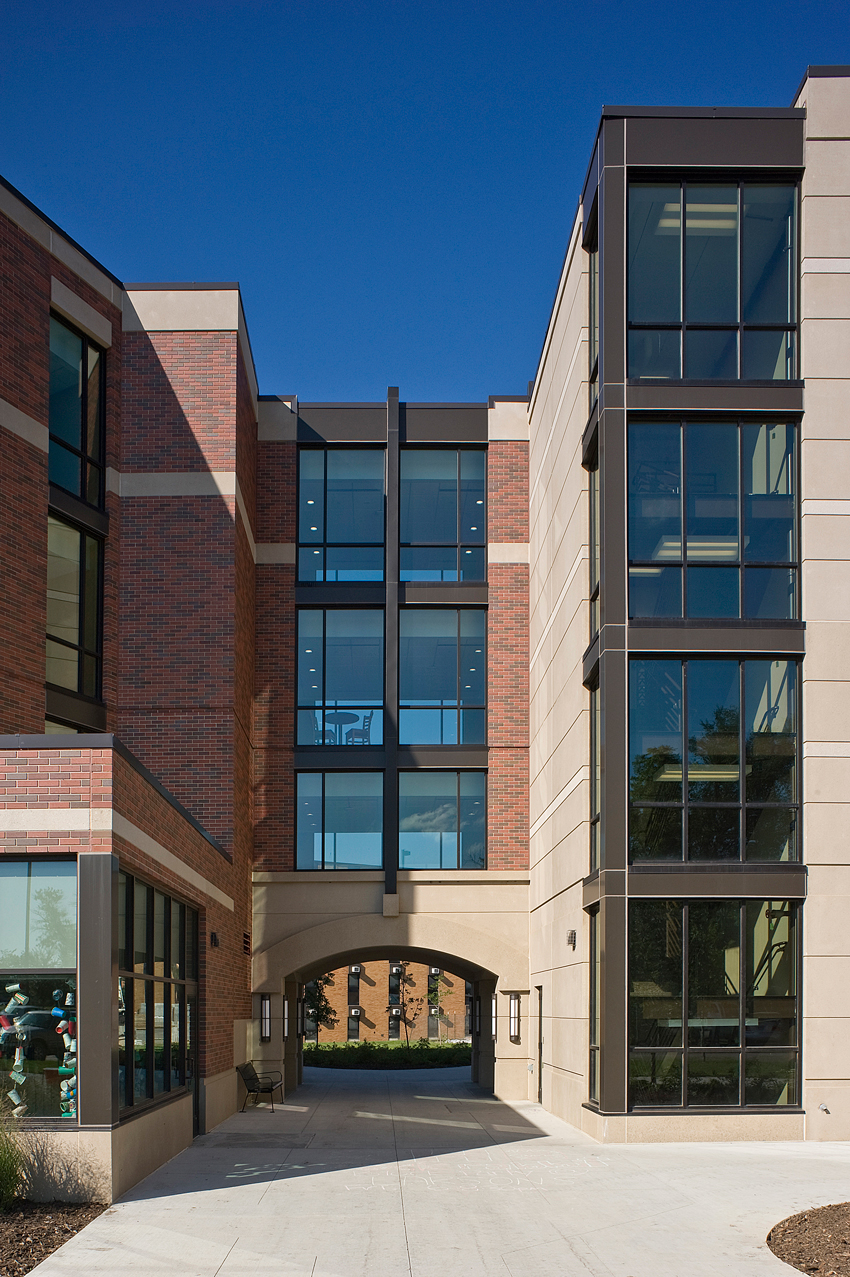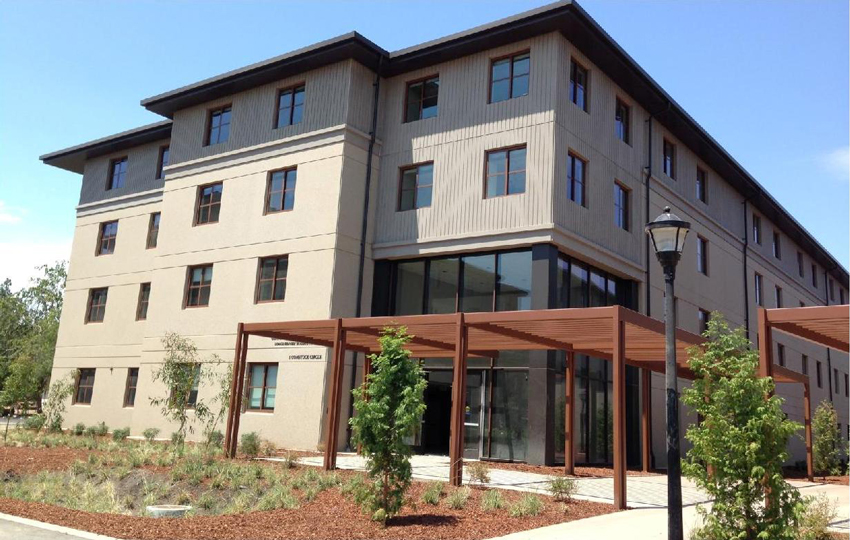Collaborating Through Design Challenges
What Precast Delivers
The importance of residential housing for both university and student is demonstrable. Today’s student housing has to offer not only a place to sleep and study, it also must facilitate community and offer a range of top-class amenities. It must balance privacy and security with the ability to craft fellowship. For the purposes of both longevity and budget, housing is saddled with the need to use space flexibly. Yet in the face of these heavy demands lies the opportunity to improve campus housing.
Adaptable Housing Design Calls for an Adaptable Material
William Pollard also said, “Those who initiate change will have a better opportunity to manage the change that is inevitable.” The versatility of precast concrete and its attributes makes a perfect partner in this demanding arena, both via life-cycle performance and aesthetics. Precast brings with it a range of abilities, allowing housing projects to successfully capture structural assets like durability and resiliency, while also realizing innovative design visions.
Precast concrete is the fastest building system available, thereby minimizing negative effects at the project site. As a high-performance material, precast concrete is manufactured off-site so it contributes to the overall sustainability of a building during construction. Using precast concrete means site efficiency: minimal site disturbance, waste, and accelerated construction.

Photo courtesy of Dukane Precast
Precast panels are installed on-site. Using precast means efficiency during construction, as panels are delivered fully ready for installation, minimizing site disturbance and the potential for waste, and keeping schedules on time.
Precast inherently provides a high level of resiliency that protects against multiple hazards, such as fire, severe storms, explosions, and even earthquakes. Besides offering superior hazard management, like storm and blast resistance, concrete also enhances life safety and health by bolstering indoor environmental quality and offering passive fire resistance.
Concrete as a product offers use versatility: it is recyclable and is compatible with deconstructive or adaptive reuse. It provides energy and water conservation, safety, security, durability, and accessibility; and it meets cost-benefit, productivity, sustainability, functionality, and operational considerations.
Precast’s Aesthetic Versatility Means Beauty and Sustainability
Aesthetics play an important role in sustainability.
In addition to its high-performance attributes, precast concrete as a solution allows designers to create a wide range of aesthetic effects and colors to affordably incorporate historic elements and to integrate a diverse array of facade elements into a single precast panel.
Precast concrete facilitates this tremendous range of design options through the use of formliners, aggregates, brick, terracotta, stone, and pigmentation. An assortment of finishing techniques is available, such as acid etching, abrasive blasting, polishing, and burnishing, offering a wide range of final surface finishes from which to choose. Precast concrete comes in almost an unlimited array of forms from radius to straight and everything in between.
Precast concrete is available in an endless color palette. Concrete color begins with basic ingredients or natural materials to which a powdered, granular, or liquid pigment dispersion is placed into the admixture. To achieve optimum results, it is important to use high-quality, consistent materials and processes. Color can be created by natural materials, such as aggregates like stone and sand, or via cements and colored pigments, or from a combination of both, depending on the finishes selected.
Designers can create intricate bullnose detailing, reveals, and custom castings. Designers also can embed or veneer traditional materials, such as clay brick, terracotta, or natural stones, into precast panels to utilize their natural beauty. Precast also provides an affordable way to provide historic facade elements. Precast producers can mimic natural stone and window/door surrounds, for instance, to provide historical context on a budget. Thin-brick is real brick, engineered to fit in forms that allow for arched openings, corbels, and numerous other masonry effects.

Photo courtesy of Cipher Imaging/Brian J. Rotert
Precast allows the seamless integration of a variety of beautiful finishes and architectural elements, as showcased at Jackrabbit Grove, South Dakota State University.
With precast, all looks, textures, and forms are integrated, and the panel arrives ready to install. This reduces the number of trades required, cutting costs. Precast panels also have less joints and flashing to maintain, reducing maintenance. Less complexity equals less risk.










